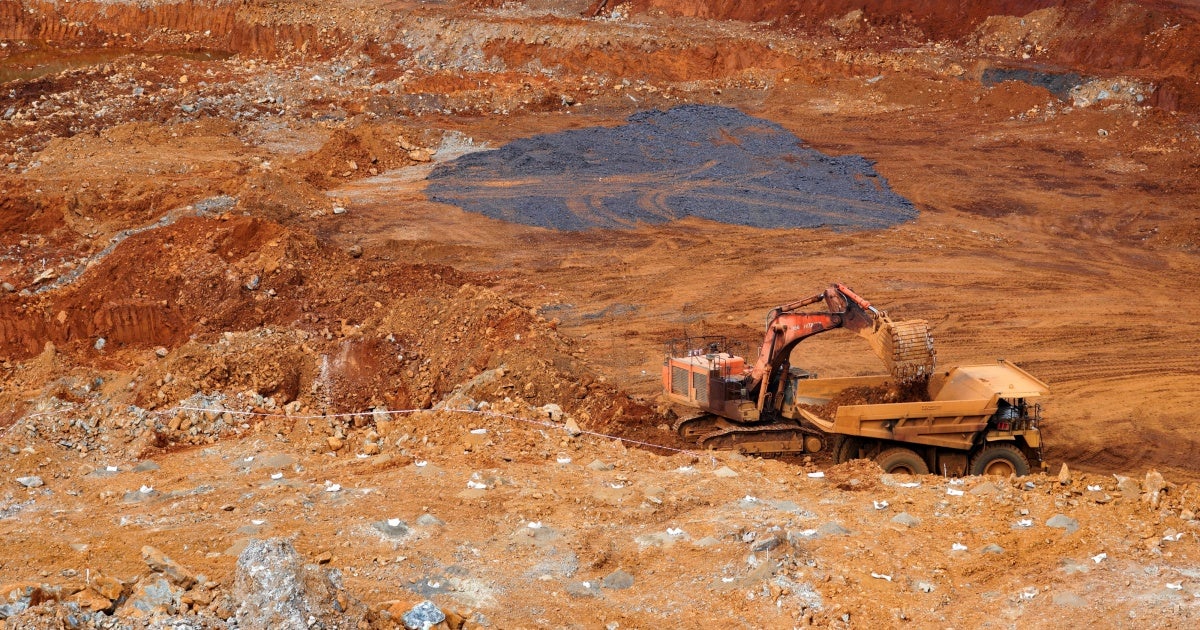Race for Critical Minerals: Balancing Global Demand with Ethical Extraction

As the world pivots towards a sustainable future, minerals have emerged as critical players in global geopolitics and the energy transition. The rising demand for critical minerals like lithium, cobalt, and rare earth elements is reshaping international relations and economic strategies. However, this transformative journey must not come at the cost of human dignity or environmental sustainability.
Governments and policymakers must recognize that the mineral supply chain is more than just an economic equation. It represents a complex intersection of human rights, environmental protection, and social justice. The race to secure mineral resources for renewable energy technologies and advanced electronics cannot overshadow the fundamental need to address poverty, reduce inequality, and protect vulnerable communities.
A holistic approach is essential. This means developing transparent and ethical mining practices, ensuring fair compensation for local communities, minimizing environmental impact, and creating sustainable economic opportunities in mineral-rich regions. By prioritizing human rights and environmental stewardship alongside technological innovation, we can create a more equitable and responsible pathway to a greener global future.
